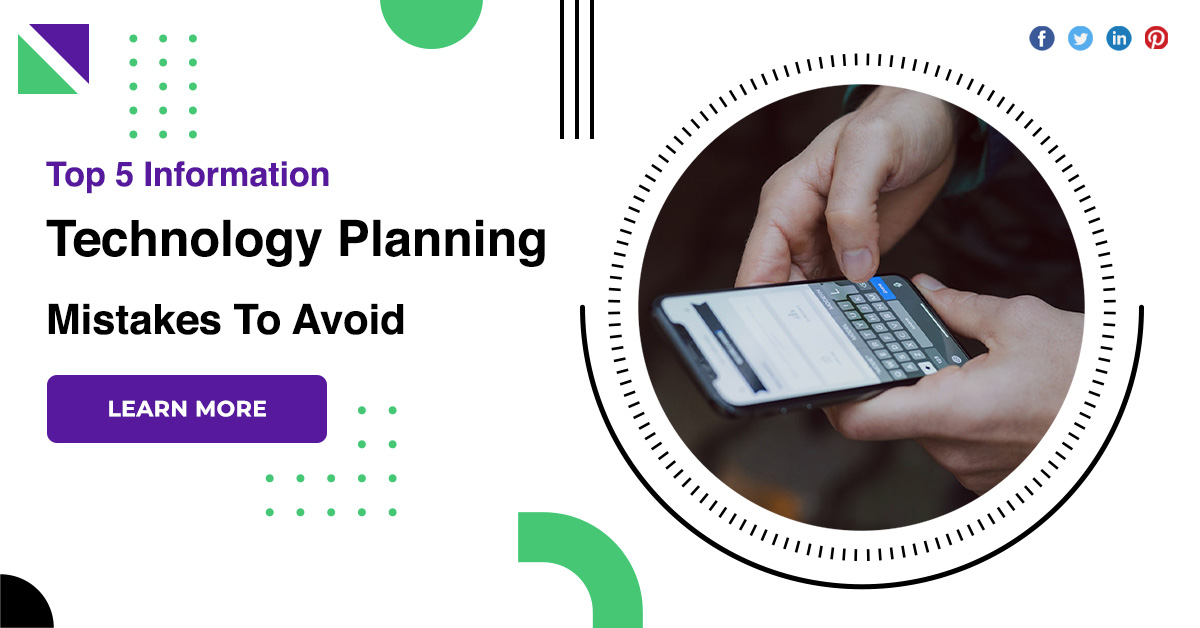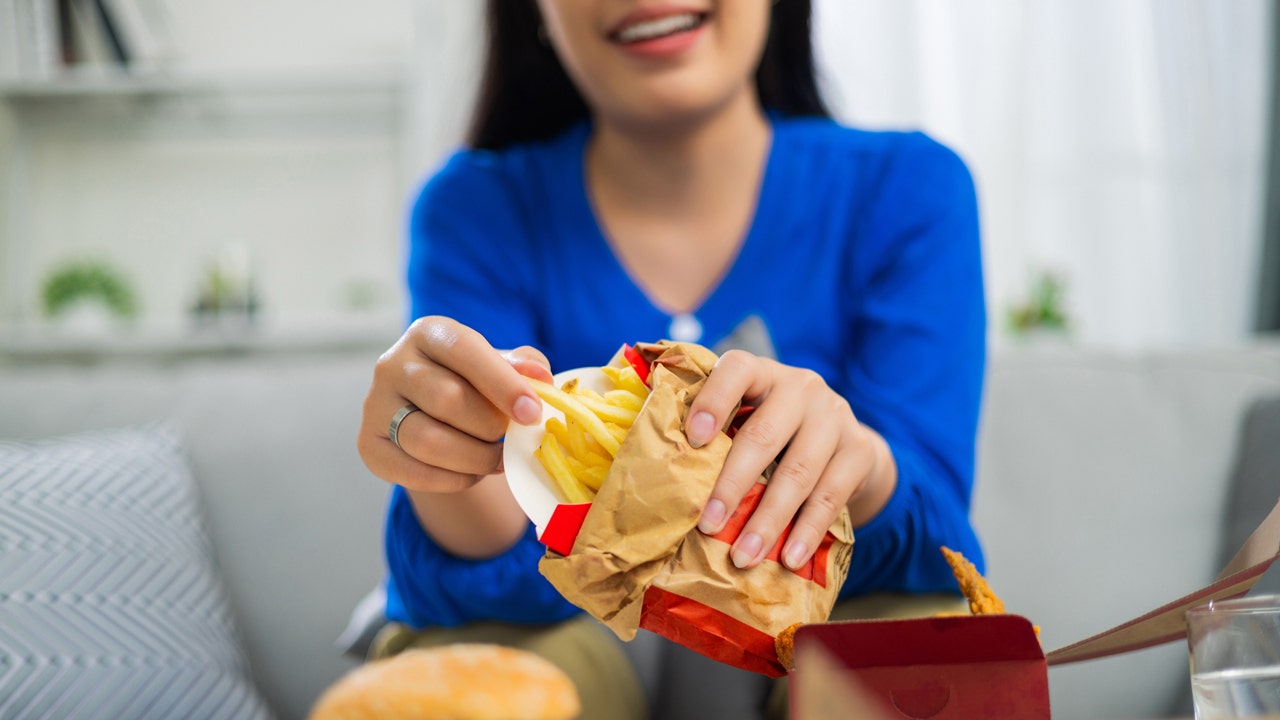Humans produce over 50 million tons of electronic waste every year, and nearly 80 percent of it remains unrecycled. A large part of this waste is composed of printed circuit boards (PCBs) that are found in almost all electronic items ranging from smartphones to household appliances.
PCBs are flat boards made of thin layers of glass fiber sheets that are coated in hard plastic and laminated with copper. They act like an electronic “nervous system,” holding and connecting different components like chips and transistors that make an electronic device work.
These boards, which are composed of plastic and toxic chemicals, either end up in landfills where they pollute the soil and water, or they are burnt, leading to the release of carcinogenic chemicals in the air. This is why our world is in dire need of easily recyclable, non-toxic, and eco-friendly printed circuit boards (PCBs).
A new study reveals an interesting solution to this global problem. The study authors have developed vitrimer-based PCBs (vPCBs) that dissolve in an organic solvent and can be recycled over and over again.
“PCBs make up a pretty large fraction of the mass and volume of electronic waste. They’re constructed to be fireproof and chemical-proof, which is great in terms of making them very robust. But that also makes them basically impossible to recycle. Here, we created a new material formulation that has the electrical properties comparable to conventional PCBs as well as a process to recycle them repeatedly,” Vikram Iyer, senior study author and an assistant professor at UW, said.
What is vitrimer?
Vitrimers are a new class of plastics developed in 2015. This is the first time vitrimer is used to create printed circuit boards (PCBs). What makes this material special is that it can be recycled repeatedly without undergoing any degradation.
This is because unlike a plastic water bottle that loses some of its properties every time you recycle it, vitrimer molecules form new bonds with one another to heal damage and allow for high-quality recycling when treated past a certain temperature.
“On a molecular level, polymers are kind of like spaghetti noodles, which wrap and get compacted. But vitrimers are distinct because the molecules that make up each noodle can unlink and relink. It’s almost like each piece of spaghetti is made of small Legos,” said Aniruddh Vashisth, senior study author and an assistant professor at UW.
How does a vPCB work?
The challenging thing about recycling PCBs is that they’re composites, meaning they are made up of multiple materials. For instance, a PCB is made up of thin sheets of glass fibers stacked up and bonded together with an epoxy along with thin sheets of copper on top to create circuits.
“People have tried to recycle PCBs before through approaches like solvolysis, which means putting it in a strong chemical solvent that will completely dissolve and destroy the epoxy. This can help recover the glass fibers and metals, but it destroys the plastic material holding it together,” Iyer told ZME Science.
Iyer and his team implemented a different method to destroy vPCBs. Instead of dissolving and destroying the plastic in a strong chemical solution, they put vPCB in an organic solvent that causes it to swell.

The swollen vitrimer behaves like a gelly from which one can easily separate the glass sheets and solid electronic components. These materials including the vitrimer jelly can then be recycled and reused in a new vPCB.
“Think of this like dipping something in water that swells up. That causes all the materials in the composite to separate so we can recover them. Importantly there isn’t a chemical reaction going on that’s consuming or degrading any of the materials. This is why we can recover almost all of the plastic, glass fiber, and the chemical used for the swelling and reuse them,” Iyer added.
When the study authors dissolved one of their vPCBs, they were able to recover 100 percent of the glass fiber and 98 percent of the vitrimer. Moreover, they could also reuse 91 percent of the solvent for further recycling. When asked if there is any limit to how many times one can recycle vitrimer, Iyer explained:
“We’ve only been able to test this a few times in the lab, but in another paper by Aniruddh with a similar vitrimer material they perform this healing at least nine times in one experiment and see minimal degradation in material properties. So in theory there shouldn’t be a limit, but in practice, the number of times you can do this will depend on the specific setup of your recycling process.”
vPCBs are good for electronics and the environment
Circuitboards are among the top 100 most traded products in the world and vPCBs could prove to be a game-changing technology, especially for the environment. For instance, using vPCBs on a large scale could allow us to reduce PCB waste-driven global warming and carcinogenic emissions by 48 and 81 percent respectively.
However, a major limitation of many environment-friendly electronic solutions is that they fail to deliver the same performance as their traditional counterparts. Fortunately, this isn’t the case with vPCBs. The researchers tested a number of important electrical properties and found that vPCBs are on par with conventional PCBs.
They also developed fully functional circuit boards like the ones used in wireless temperature sensors, and those worked without any issues. Moreover, their performance is likely to get better with further optimization.
However, the study authors haven’t studied the cost of creating vitrimer PCBs in detail yet, but they suggest that all of the chemicals used to make vPCBs are commercially available and produced at an industrial scale.
“vPCBs are compatible with the standard manufacturing processes for electronics which means it would be easy to adopt this solution. At the moment we’ve created some research prototypes in the lab and are exploring ways to both improve the PCBs themselves as well as scale up production.” Iyer told ZME Science.
The study is published in the journal Nature Sustainability.
Thanks for your feedback!














/https://tf-cmsv2-smithsonianmag-media.s3.amazonaws.com/filer_public/d1/82/d18228f6-d319-4525-bb18-78b829f0791f/mammalevolution_web.jpg)


;Resize=(1180))


Discussion about this post